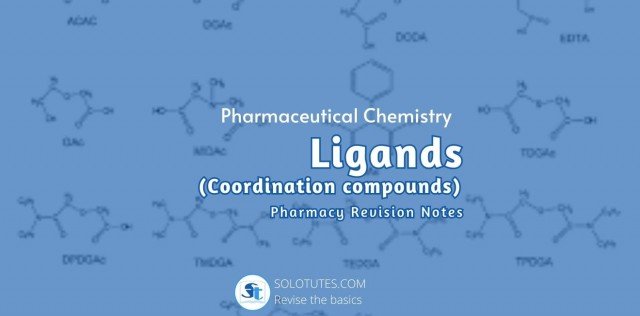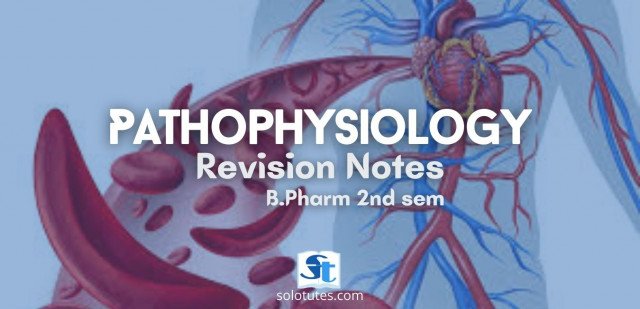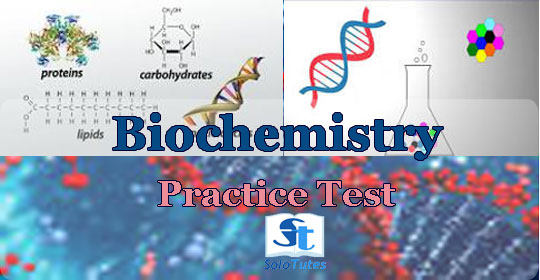Functions of proteins
Proteins perform a great variety of specialized and essential functions in the living cells. These functions may be broadly grouped as static (structural) and dynamic-Structural functions : Certain proteins perform brick and mortar roles and are primarily responsible for structure and strength of body. These include collagen and elastin found in bone matrix, vascular system and other organs and -keratin present in epidermal tissues.
Dynamic functions : The dynamic functions of proteins are more diversified in nature. These include proteins acting as enzymes, hormones, blood clotting factors, immunoglobulins, membrane receptors, storage proteins, besides their function in genetic control, muscle contraction, respiration etc. Proteins performing dynamic functions are appropriately regarded as the working horses of cell. Besides the above, proteins may also contain other elements such as P, Fe, Cu, I, Mg, Mn, Zn etc. The content of nitrogen, an essential component of proteins, on an average is 16%. Estimation of nitrogen in the laboratory (mostly by Kjeldahl’s method) is also used to find out the amount of protein in biological fluids and foods. Proteins are polymers of amino acids . Proteins on complete hydrolysis (with concen- tratedHClforseveralhours)yieldL--amino acids. This is a common property of all the proteins. Therefore, proteins are the polymers of L--amino acids.
STANDARD AMINO ACIDS
As many as 300 amino acids occur in nature— Of these, only 20—known as standard amino acids are repeatedly found in the structure of proteins, isolated from different forms of life— animal, plant and microbial. This is because of the universal nature of the genetic code available for the incorporation of only 20 amino acids when the proteins are synthesized in the cells. The process in turn is controlled by DNA, the genetic material of the cell. After the synthesis of proteins, some of the incorporated amino acids undergo modifications to form their derivatives.AMINO ACIDS
Amino acids are a group of organic compounds containing two functional groups— amino and carboxyl. The amino group (—NH2) is basic while the carboxyl group (—COOH) is acidic in nature. General structure of amino acidsThe amino acids are termed as -amino acids, if both the carboxyl and amino groups are attached to the same carbon atom, The -carbon atom binds to a side chain represented by R which is different for each of the 20 amino acids found in proteins. The amino acids mostly exist in the ionized form in the biological system
Optical isomers of amino acids
If a carbon atom is attached to four different groups, it is asymmetric and therefore exhibits optical isomerism. The amino acids (except glycine) possess four distinct groups (R, H, COO–,NH3+)heldby-carbon.Thusallthe amino acids (except glycine where R = H) have optical isomers.The structures of L- and D-amino acids are written based on the configuration of L- and D-glyceraldehyde . The proteins are composed of L--amino acids.
.png)




















.jpg)
.png)







 संज्ञा
संज्ञा